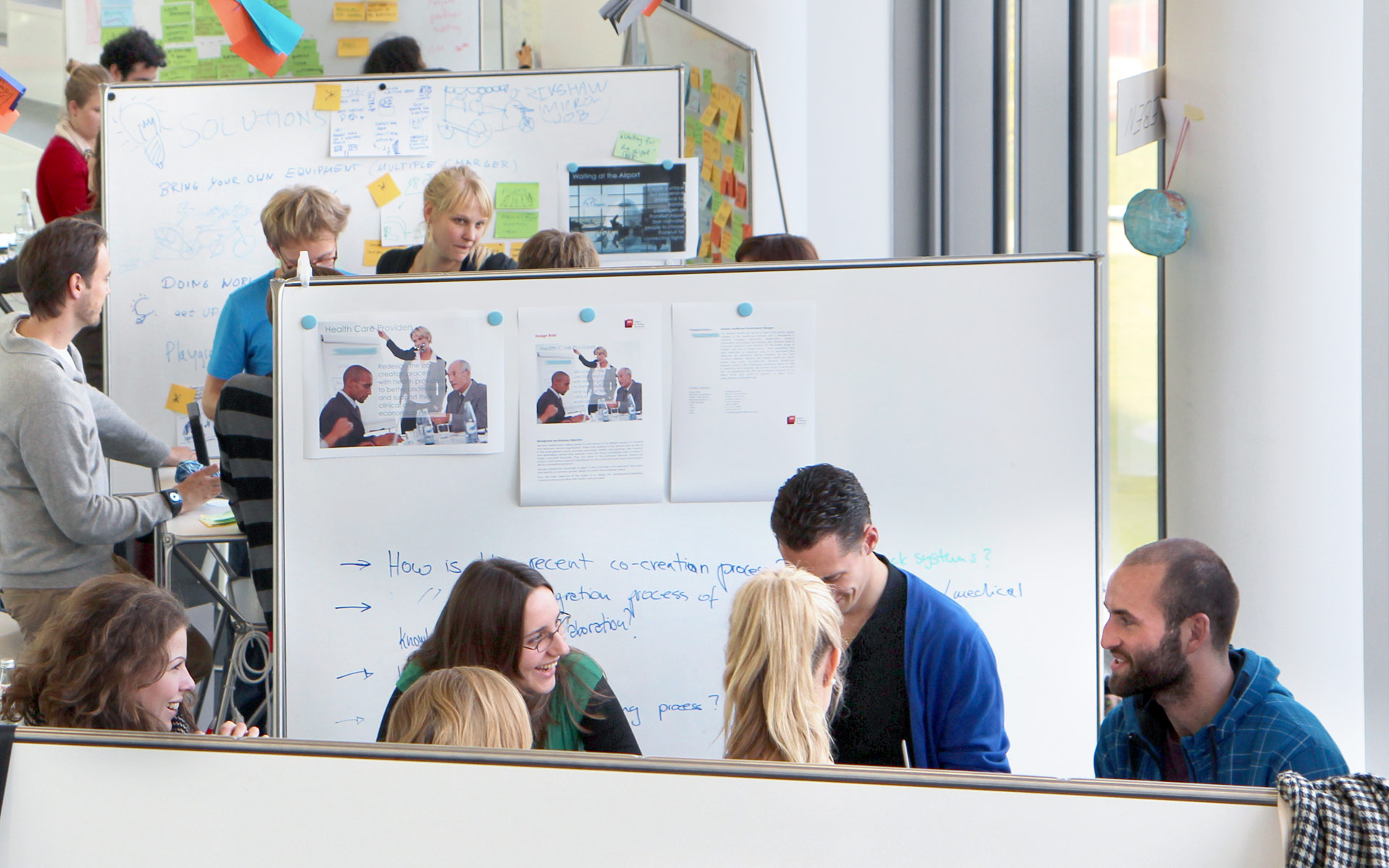A bifocal study to improve the management of engineering design by onevaluationof the design process and information sharing activity
The objective of this exploratory study is to foster innovation by gaining a better understanding of the determining characteristics of high-performance engineering design communities. Using a rich data set collected over multiple years, the researchers are working to validate a proposed design process model.This model is used to explain performance differences between design teams based on internal and external characteristics. It is expected that an analysis of the documentation and information sharing behavior of the members of a design community will show that the creation of learning opportunities by a design team is correlated with high performance. Managers of design teams can also encourage learning opportunities by allowing the free testing of ideas, as indicated by the proposed design process model.
Based on the findings, the researchers will investigate new methods to provide real-time insight into the distributed information spaces of globally located teams. The assessment of team communication signatures over heterogeneous communication channels will then be incorporated into a tool used to identify the performance-relevant characteristics of observed design teams. These signatures will be evaluated on their ability to predict design team performance. With these metrics and tools in place, the research project goal is to improve the design process through early detection and intervention.
This study is performed jointly by researchers at Stanford’s Center for Design Research (CDR) and the Hasso Plattner Institute (HPI). The two research groups collaborate on the analysis of the data from different vantage points corresponding to their respective areas of expertise. This allows each group to substantiate its claims assisted by findings from the counterpart group, and illustrates how CDR and HPI both benefit from collaboration as a part of the Hasso Plattner Design Thinking Research Program.
Project Team (Stanford):
Larry Leifer, Philipp Skogstad, Karl Gumerlock
Project Team (HPI):
Alexander Zeier, Matthias Uflacker
Watch the video on Tele-Task

